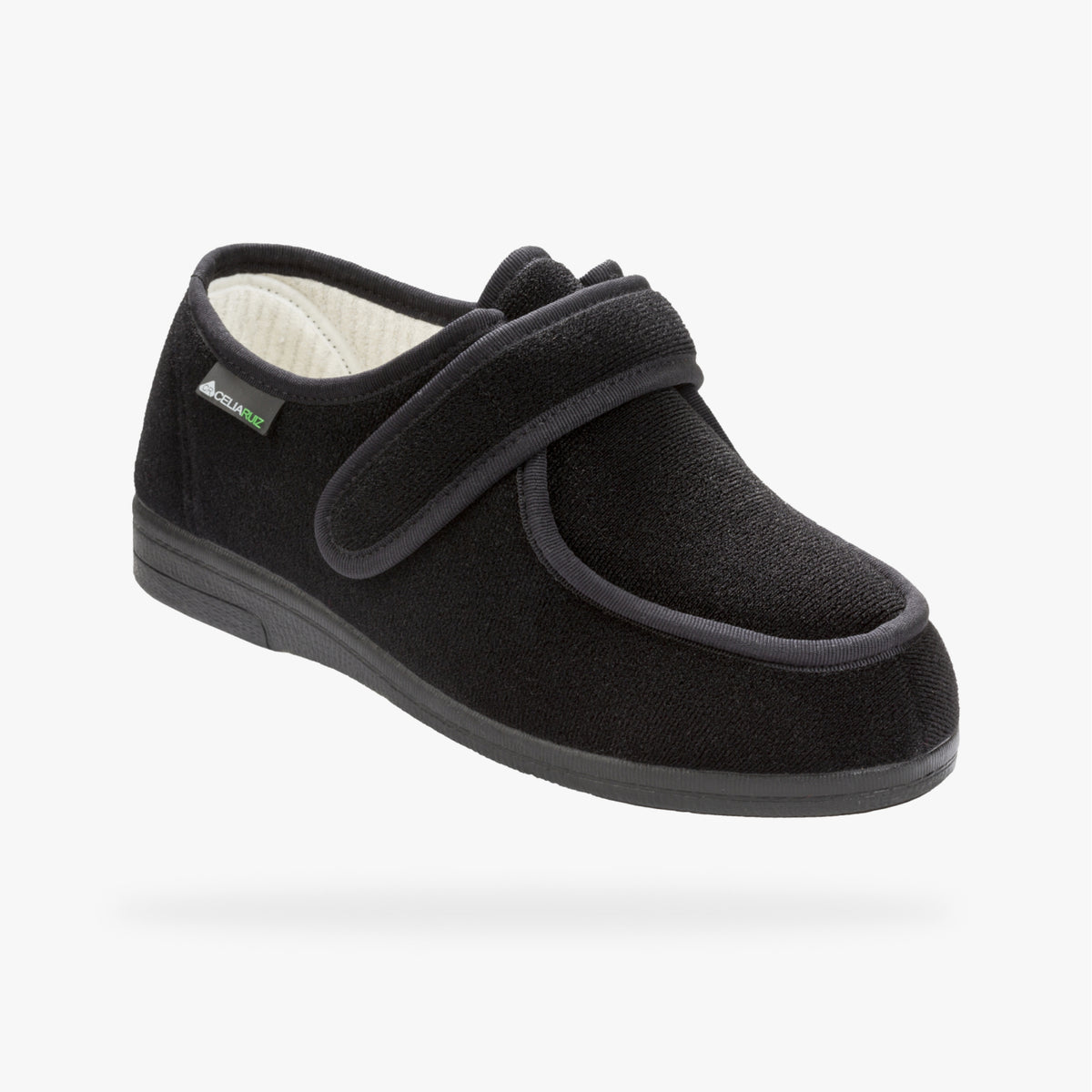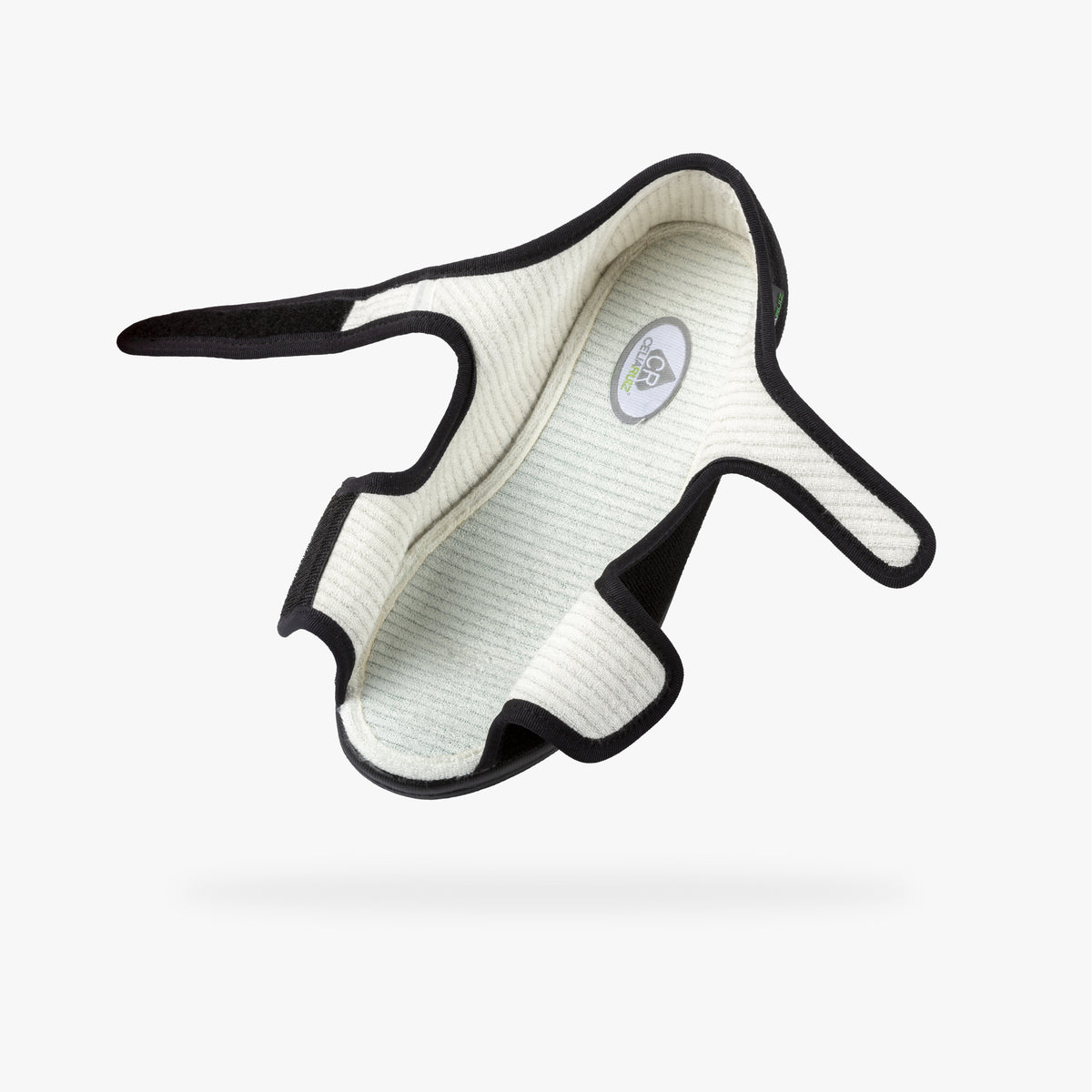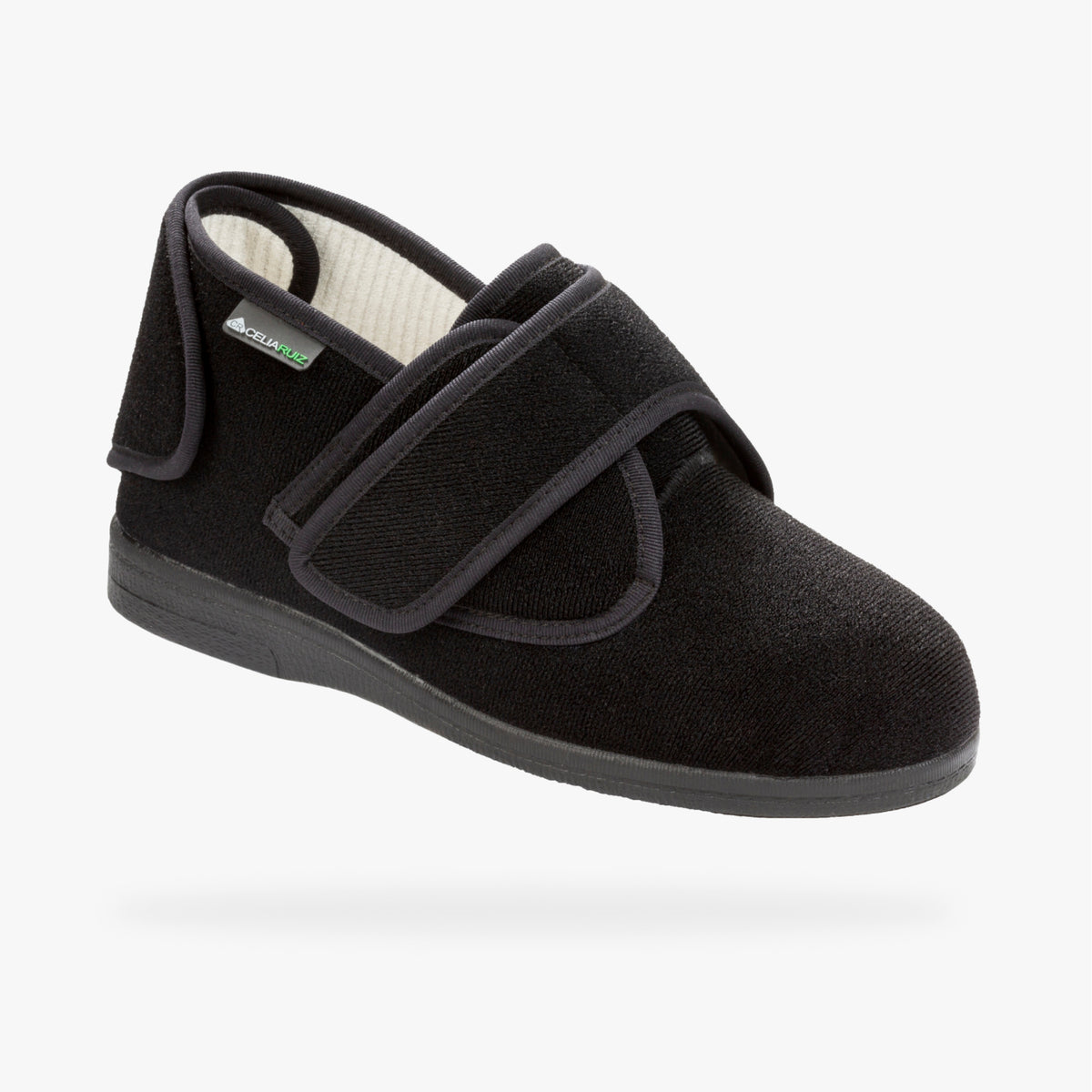Diabetic Socks: The Basics
The most basic design choice that every pair of diabetic socks shares—in other words, the thing that actually makes them diabetic socks—is non-binding construction.
Most “regular socks” generally fit pretty loosely around your feet and even parts of your ankles and calves (depending on how high they’re cut) and are held in place by an elastic band.
Unfortunately, this design choice can have a negative effect on people with diabetes. A tight elastic band can impair circulation to the feet (especially if your circulation has already been compromised by your condition), putting you at greater risk of problems like varicose veins and deep vein thrombosis (DVT). That can also make it even harder for cuts, blisters, and other injuries to heal.
Instead of being held up by a single elastic band, non-binding socks are made from fabric blends that spread out the “tightness” over the entire area of the sock. You get a nice, close fit that won’t fall down or slide around, but also won’t put excessive constriction or pressure on any one part of your feet or legs. This helps promote healthy circulation while keeping you comfortable.
It’s important to understand that diabetic socks are not the same as compression stockings. Diabetic socks are meant to facilitate circulation, while compression socks are designed specifically to limit it. Although some people with diabetes may benefit from higher levels of compression in certain situations, others definitely need much lower compression. So please, don’t get these two confused!

Other Features to Look For While being non-binding is the most essential feature of diabetic socks, they can also be made with many additional features and considerations that can be greatly beneficial.
• Breathable/moisture-wicking fabric. The amount of wicking a sock will do depends on the blend of fabrics used. Socks with good moisture-wicking properties keep feet drier, which will in turn lower your risk of skin problems, fungal infections, and blisters. Especially consider these for closed-toed shoes.
• Padded soles. Many pairs of diabetic socks have gel or silicone pads sewn into the soles to provide extra protection and cushioning for various areas of the foot. Often these pads may be positioned in different places in order to facilitate certain activities—for example, extra toe padding for court sports or soccer, or extra heel padding for people who stand a lot.
• Seamless interiors. If you have sensitive skin, something as seemingly insignificant as an interior seam can produce enough friction to break the skin or cause blisters.
Antimicrobial. In some pairs of diabetic socks, the yarn is infused with copper or silver as a defense against microbes that can cause fungal infections like athlete’s foot. They can also help with foot odor.
White soles. Some diabetic socks come with lighter-colored soles, even if the rest of the sock is more darkly colored. This can be helpful for spotting a wound that might be draining, since it will stain the sock. That said, you should always be checking your feet on a daily basis if you have diabetes.
Diabetic socks come in just about all styles and lengths, from no-shows all the way to calf and even over-the-knee cuts. You definitely don’t have to give up your sense of fashion in order to get the right socks for your feet!









